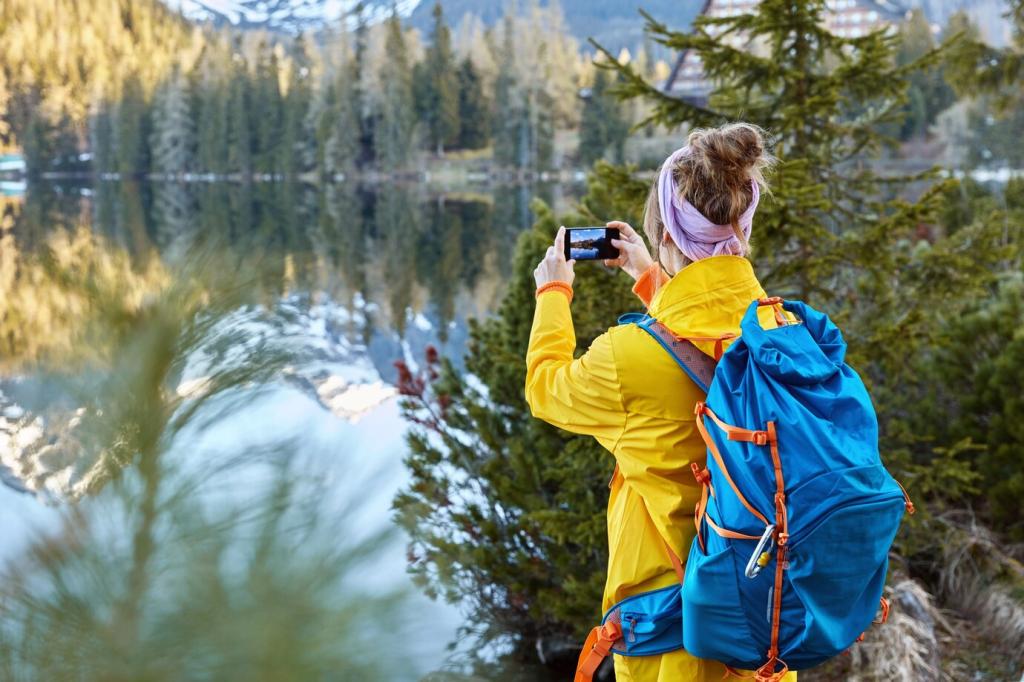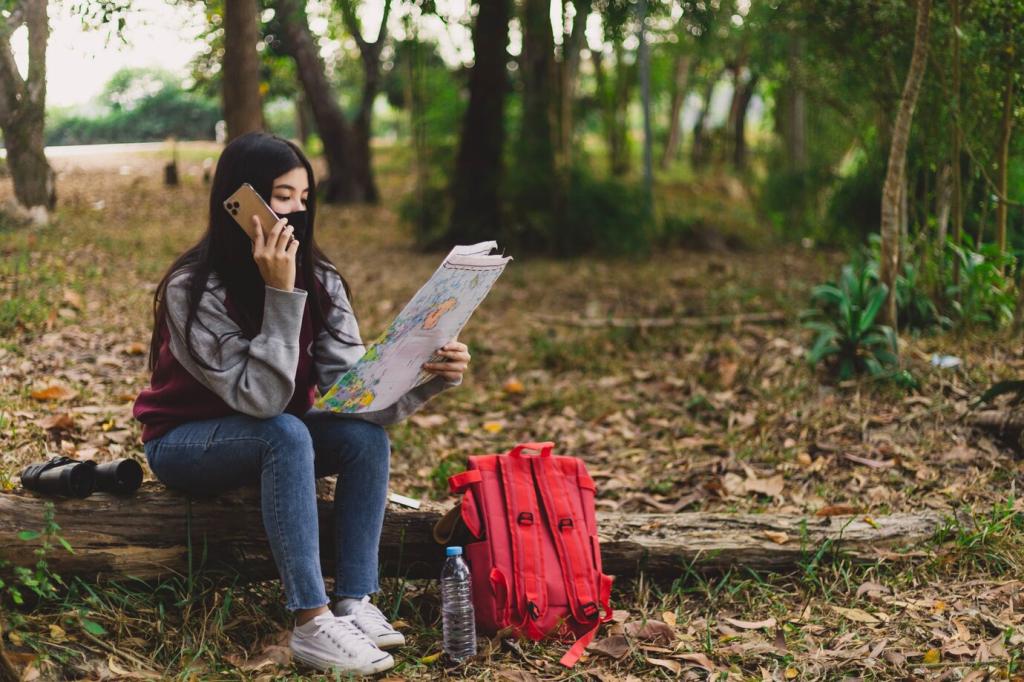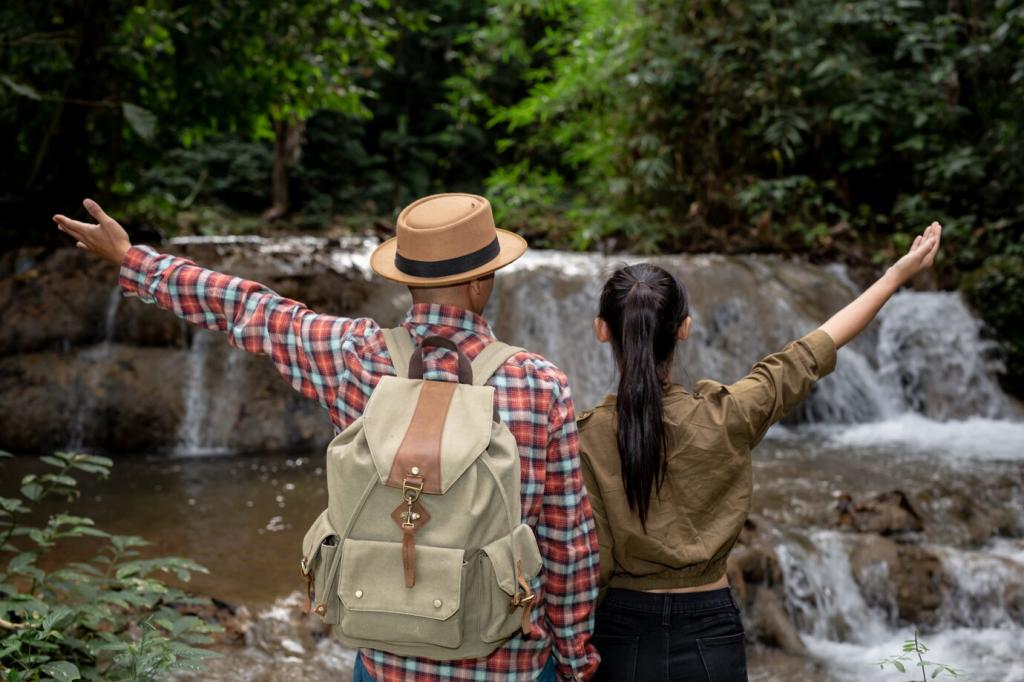Food Planning Without the Waste
Buy ingredients in bulk, then portion oats, nuts, and spices into reusable pouches or beeswax wraps. Pre-mix dinners to cut bag count, and label cooking times so you never reach for an extra wrapper while cold winds bite.
Food Planning Without the Waste
Calculate calories for elevation and effort, then pack exact portions for each day. Precision prevents uneaten food becoming waste, keeps morale high, and reduces critter attraction at camp by minimizing stray crumbs and abandoned snack fragments.







